Iranian military technology and advisers aid Houthi attacks in Red Sea, officials say
Tehran has sent sophisticated missile components and drone jammers, Western officials say.
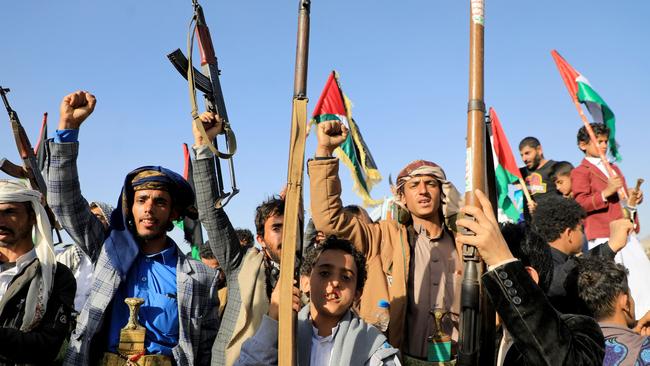
Iran is sending increasingly sophisticated weapons to its Houthi allies in Yemen, Western officials and advisers say, enhancing their ability to attack merchant vessels and disrupt international commerce despite weeks of US-led air strikes.
The Houthis, once derided as a ragtag militia operating in Yemen’s arid backcountry, have emerged as one of Iran’s most capable proxies, these officials and analysts say, due to the flow of weapons from Tehran – and their own homegrown ingenuity.
Among other high-end gear, Iran has provided the Houthis with drone jammers and parts for long-range rockets and missiles. The Iranians and their Lebanese Hezbollah allies have sent advisers to Yemen to help the Houthis plan and launch their attacks.
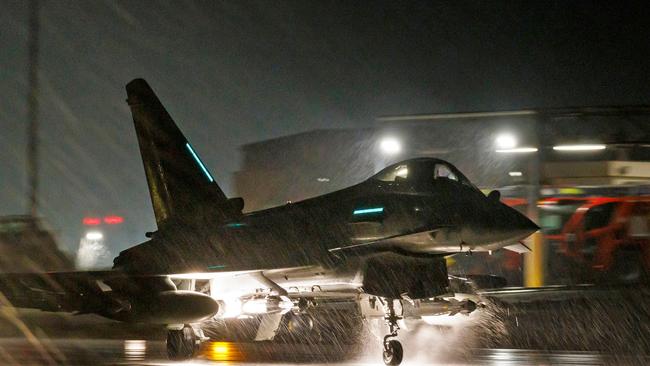
The Houthis’ missile and drone attacks on merchantmen and US warships, which they say come in retaliation for Israel’s war on Hamas, have prompted two weeks of American and British counterattacks. Those in turn risk drawing Washington into a long-running tit-for-tat military campaign and escalating the US-Iran proxy war.
As the Houthis come under pressure from US strikes, Western officials see signs they are adapting militarily, and they say the new technologies could increase the effectiveness of the Houthis’ attacks on ships and Israeli territory.
On Monday, the US and the UK launched a second major assault against eight Houthi locations, the eighth time overall that the US has targeted the group and its weapons, many of them provided by Iran. US officials said the strikes destroyed missiles, drones and weapons storage areas.
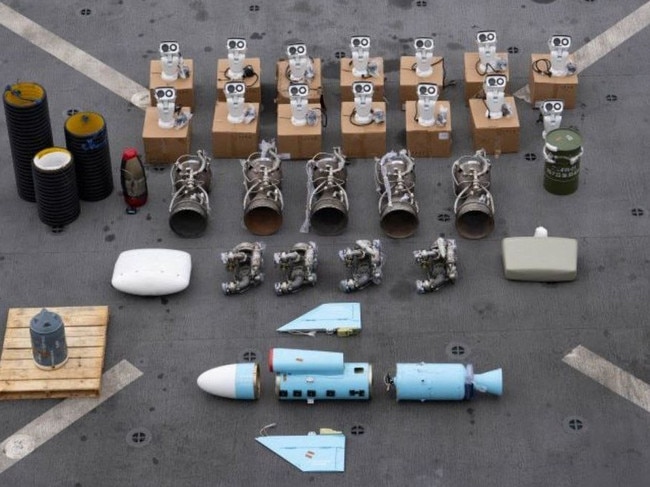
On Jan. 11, the day before the first of those Western counterstrikes, US Navy SEALs seized a vessel laden with state-of-the-art Iranian military technologies, the Western officials and advisers said. Those included assembly kits for the Ghadir, an Iranian antiship rocket with a range of over 200 miles (322km) that the Houthis haven’t been using before; engine nozzles for the Toufan, a ballistic missile recently unveiled by the group that could target Israel more effectively; and optical extensions designed to improve the accuracy of drone attacks. Three days earlier, Omani authorities also confiscated drone jammers, which Western officials and advisers said had also come from Iran.
Along with the weapons, Iran’s Islamic Revolutionary Guard Corps and its Lebanese ally, Hezbollah, have dispatched advisers to Yemen to assist the group’s naval attacks and the launch of rockets and drones, according to Western security advisers and officials.
Tehran engages smugglers to bring the weapons to Yemen from Iran and middlemen to purchase spare parts through front companies, they said. Engineers in Yemen and other countries in the region help assemble the missiles and drones and operate them, and shipping-industry workers provide live intelligence about which vessels to target, the security advisers and officials said.
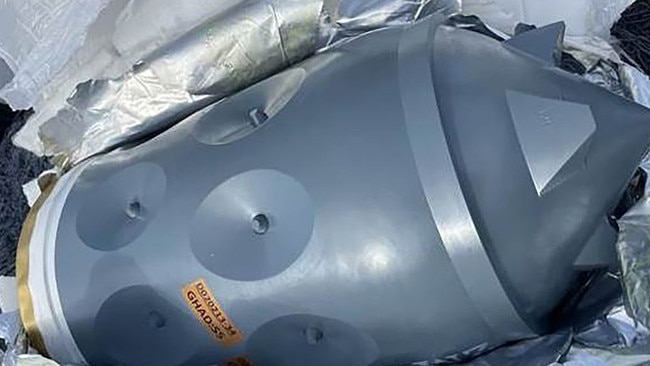
Iran’s growing military assistance to the Houthis has prompted Washington to complain to Tehran through the Swiss.
“Iran is a supplier of the Houthi and has provided equipment and training and expertise to other proxy organisations in the region,” a senior US defence official said late Monday. “We have communicated … that we consider that activity to be unacceptable.”
A spokesman for Iran’s delegation at the United Nations in New York didn’t return a request for comment.
Iran’s assistance to the Houthis is handled by some of the most elite officers in the Revolutionary Guard. The head of Tehran’s operations in the country is Abdolreza Shahlai, who once oversaw attacks on US soldiers in Iraq, the Western security advisers and officials said. He is now wanted by Washington with a $US15 million bounty.
The Western security advisers and officials said that the transfer of ballistic-missile technologies and training is overseen by Unit 340, which trained Houthi personnel in Iran and Lebanon and is led by Hamid Fazeli, a former head of Iran’s space-rocket program.
‘The resistance has its own tools’
Iran’s paramilitary forces are also providing real-time intelligence and weaponry, including drones and missiles, to Yemen’s Houthis that the rebels are using to target ships passing through the Red Sea, Western and regional security officials have previously said.
Iran insists it has no involvement in Houthi operations and that the group’s actions are solely driven by anger over the war in Gaza. “The resistance has its own tools … and acts in accordance with its own decisions and capabilities,” Ali Bagheri, Iran’s deputy foreign minister, said in December, referring to its allies in Yemen and across the Middle East.
But Iran analysts said that while the Yemeni faction acts largely autonomously, Iran is allowing the situation to escalate because it serves its agenda of pressuring Israel and the US without fear of direct retaliation.
“Iran’s military DNA is to deny responsibility and get others to do the dirty work,” said Saeid Golkar, an authority on Tehran’s security services at the University of Tennessee at Chattanooga.
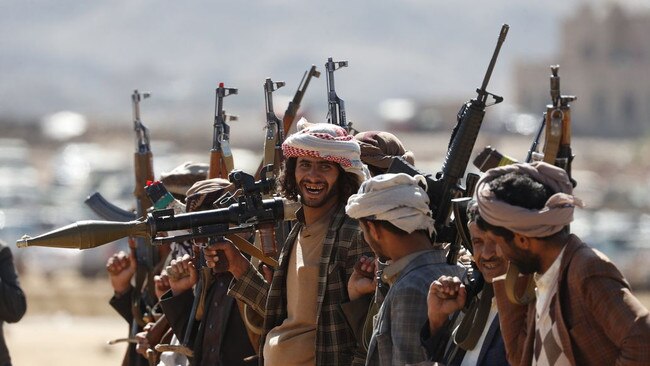
To erode the Houthi arsenal, the US and its allies have been bombing missile launch sites and weapons caches in Yemen, and patrolling waters to disrupt the flow of weapons to the Houthis. That includes the Jan. 11 operation that seized the most recent Iranian-made missile parts bound for Houthi rebels in Yemen, in which two Navy SEALs were lost at sea.
Yet the Houthis and their Iranian allies are adapting to the pressure. After American warships moved into the Red Sea, Yemeni rebels started to target vessels eastward in the Gulf of Aden, where the US doesn’t have a presence, shipping executives say.
The Houthis also move around equipment and personnel to avert strikes and appear to be receiving weapons in floating packages rather than in ship-to-ship transfers that would be more visible from the air, the Western officials and advisers say. Meanwhile, an Iranian spy vessel that provided information on targets in the Red Sea moved out, apparently to avoid being targeted by the US, they said.
Behnam Ben Taleblu, a senior fellow at the Foundation for Defense of Democracies think tank in Washington, said the Houthis have the most lethal long-range strike capability of any Iranian proxy group and are the only ones to use antiship ballistic missiles.
The Houthis have at least on one occasion used a missile that was later found in Iran’s arsenal, representing the first known instance of proxy-to-patron ballistic missile proliferation, he said.
“There is evidence to suggest that Yemen is an important battleground for Iranian weapons testing, and potential development,” he said “Iran has both an arsenal at home and an arsenal in exile.”
The Wall Street Journal



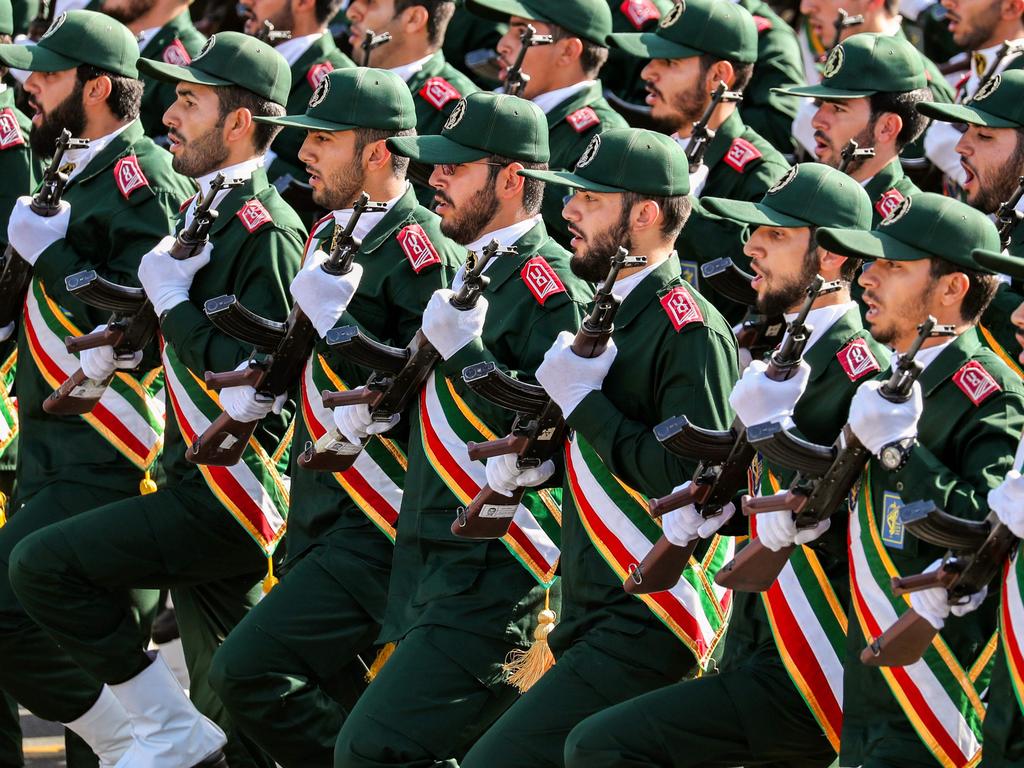
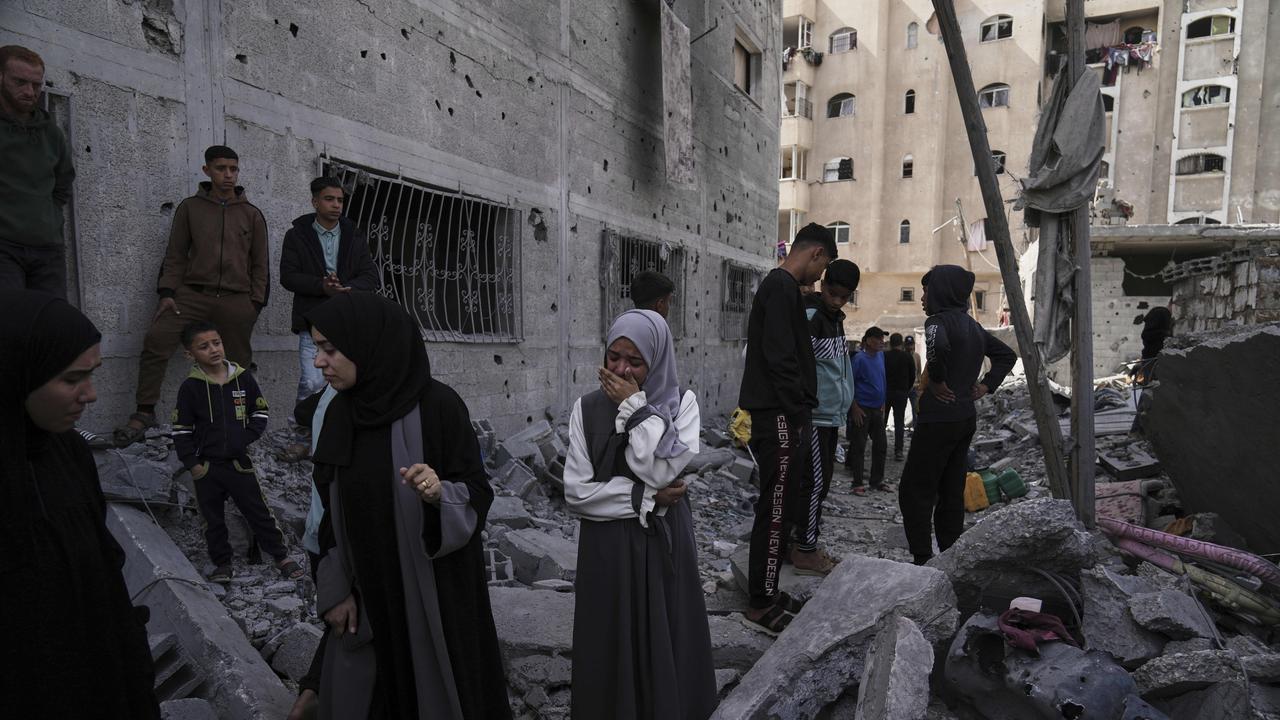

To join the conversation, please log in. Don't have an account? Register
Join the conversation, you are commenting as Logout